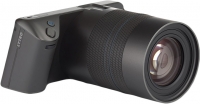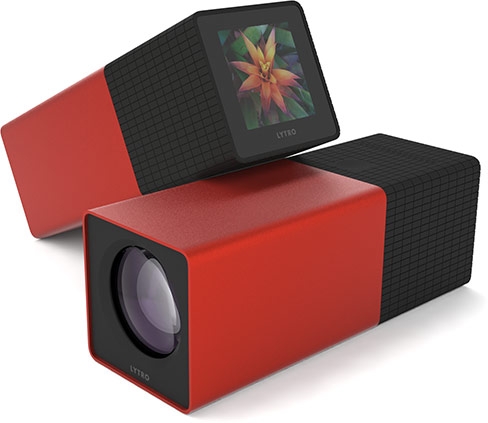Lytro Platform makes light field technology accessible for ‘innovative organizations’
posted Friday, November 7, 2014 at 6:41 PM EDT

When Lytro first announced its original light field camera, the device caused a lot of stir. Some believed that it would usher in a new age of photography, while others quickly discarded the camera as a gimmick. The truth is somewhere in between, at least at this stage. While the light field technology certainly is exciting and brings new possibilities, it quickly became obvious that the image quality of the first Lytro camera was nothing to get overly excited about.
This year, Lytro introduced a much-improved new camera, the Illum, that not only boosted image quality by a huge margin, but also improved greatly in terms of usability thanks to its more SLR-like body, larger display and useful amount of buttons. Still, the excitement about the ability to refocus an image after it was taken quickly wears off after exploring Lytro's online photo gallery, and the image quality still doesn't cut it for professional applications. And so Lytro cameras remain niche products that only very few people buy, let alone use on a regular basis.

The company has now devised the Lytro Platform as an attempt to make its light field technology more popular, and in the long run possibly more accessible. This is made possible by the Lytro Development Kit, which allows pretty much anyone to adapt the company's light field technology to their own product -- be it photographic in nature or something entirely different.
Some of the possible uses of its technology, according to Lytro's press release, are holography, microscopy, architecture, and security. But more than specific applications, Lytro wants researchers, inventers and entrepreneurs to collaborate, and to find "new undiscovered applications and scientific fields" for which the technology can be used.
And there are already some companies and organizations that are making use of Lytro's development kit -- NASA, for example. Its Jet Propulsion Laboratory is currently leveraging the usefulness of the light field technology for future space missions. And the Army Night Vision and Electronic Sensors Directorate is already making use of the Lytro Platform as well.
We mentioned that Lytro wants to make its technology accessible so that new applications can be developed. But before we get you all excited about building your own light field camera-enabled technology from scratch, consider that the LDK is currently priced at US$20,000, so it's not really an option for private tinkerers on a limited budget. If, however, you're part of a scientific organization or an enterprise that could make use of the technology, you can find more information about the Lytro Platform here.
We here at Imaging Resource are excited about this, not so much because we think that light field photography is the future (it may just be, but then again the technology may be better suited for other, different uses), but because of the possible future developments that we might see thanks to Lytro's opening up its imaging technology to external collaborators.